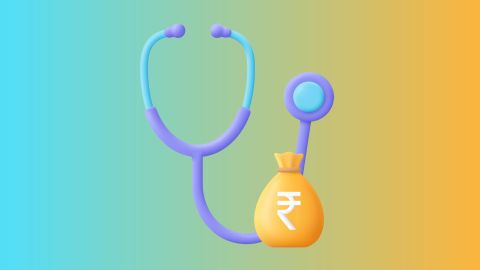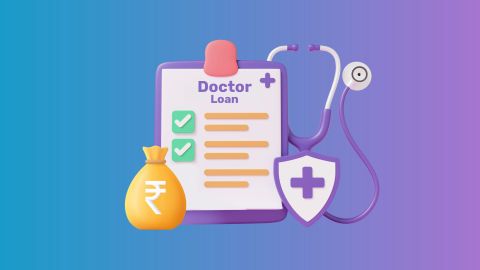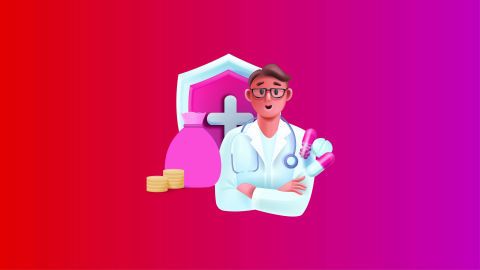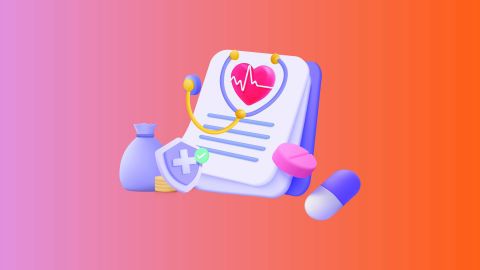In the post-pandemic era, RPM has become a mainstream practice, especially for managing chronic diseases. With India experiencing a rise in lifestyle diseases like diabetes and hypertension, RPM can provide more proactive care. It empowers both patients and doctors with timely data, improving outcomes while saving time and costs. The rise of telehealth has also bolstered RPM, showing its growing relevance in the digital age. If you're a medical professional looking to expand your practice, consider leveraging RPM tools while managing your practice’s growth with a doctor loan from Bajaj Finance.
What is Remote Patient Monitoring (RPM)?
Remote patient monitoring (RPM) refers to using digital technology to collect and analyse health data from patients outside a clinical setting. RPM primarily focuses on patients with chronic conditions, helping them to stay on top of their health with reduced hospital visits. Patients use RPM devices at home, which send data to their healthcare providers. This way, doctors can track progress, provide timely feedback, and intervene when necessary. As a result, patients get a more personalised healthcare experience, and providers gain insights that traditional in-office visits can’t always capture.Examples of Remote Patient Monitoring Technology
RPM utilises a variety of innovative devices, such as:- Wearable fitness trackers – Monitor heart rate, steps, and other physical activities.
- Glucose monitors – Track blood sugar levels, mainly for diabetic patients.
- Blood pressure cuffs – Help monitor hypertension and track daily fluctuations.
- Pulse oximeters – Measure oxygen saturation in the blood, critical for respiratory diseases.
- Smart scales – Used to manage weight, especially for patients with cardiovascular conditions.
- ECG machines – Monitor heart activity remotely, offering real-time cardiac health data.
Benefits of Remote Patient Monitoring for Patients
RPM provides numerous advantages for patients, including:- Improved convenience – Patients can manage their health from home without frequent hospital visits.
- Better management of chronic conditions – RPM offers real-time insights into conditions like diabetes and hypertension.
- Early detection – Providers can detect health issues early and take preventive measures.
- Enhanced patient engagement – Patients feel more empowered to take an active role in their care.
- Reduced healthcare costs – Fewer emergency visits and hospital stays lead to financial savings.
How Does Remote Patient Monitoring Work?
Remote patient monitoring is a simple but effective process. Here's how it works:- Data collection: Patients use connected devices like blood pressure monitors or ECG machines at home.
- Transmission: The data collected is sent to the healthcare provider through secure digital platforms.
- Analysis: Providers review the data to identify any abnormalities or changes in the patient’s health.
- Intervention: If required, the healthcare provider contacts the patient for advice or further treatment.
RPM Devices: Types and Use Cases
RPM devices include:- Heart rate monitors: Common for cardiac patients.
- Blood glucose meters: Essential for diabetes management.
- Spirometers: Measure lung function for respiratory conditions.
- Wearable fitness trackers: For general health monitoring.
- Smart thermometers: Helpful for fever tracking during illness.
Challenges of Remote Patient Monitoring
Despite its benefits, RPM faces several challenges:- Data privacy concerns – Protecting sensitive health data remains a key issue.
- Cost of devices – Some devices may be expensive for patients.
- Technology literacy – Older patients may struggle to use these devices.
- Connectivity issues – Rural areas with poor internet access may face difficulties.
- Integration with existing healthcare systems – Syncing RPM data with existing platforms can be complex.
Remote Patient Monitoring vs. Telehealth
RPM and telehealth are closely related but distinct. While telehealth refers to virtual consultations with a doctor, RPM focuses on collecting and transmitting patient data. RPM doesn’t replace telehealth but complements it by providing data that makes virtual appointments more informed and effective.Remote Patient Monitoring vs. Patient Monitoring
Remote patient monitoring allows healthcare providers to monitor patients from afar, while traditional patient monitoring happens inside hospitals. RPM provides continuous, at-home care, reducing the need for hospital stays and improving the patient experience.Who Can Perform RPM?
RPM can be performed by a variety of healthcare providers, including:- Doctors – Oversee overall treatment and adjust care plans.
- Nurses – Monitor data and communicate with patients regularly.
- Physiotherapists – Use RPM data for rehabilitation monitoring.
- Massage therapists – Track progress in patients with muscle or joint issues.




